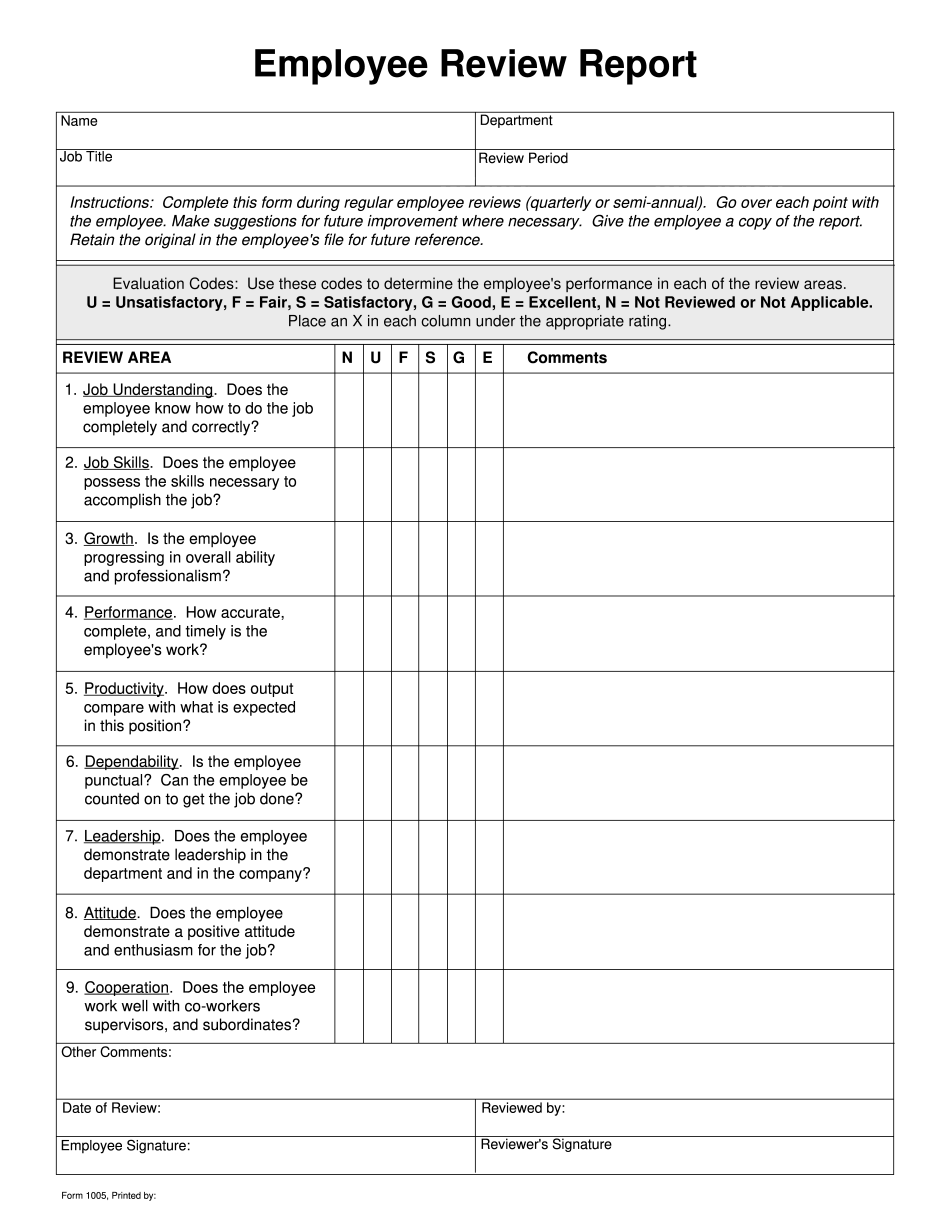The annual ance review can be a stressful experience for both managers and employees. In this video, I'll talk about some best practices to make the annual ance review a productive, fruitful, and enjoyable experience. Hello, I'm Stephen Goldberg of Optimist ance, bringing you practical tips and ideas on leadership, teamwork, and personal productivity in the workplace. If you haven't already subscribed to my channel, please do so and put a thumbs-up at the end if you liked this video. I've often spoken to managers and employees alike who say they dread the experience of going through the annual ance review, and for good reasons. Often, it's because employees don't know what to expect, and managers have not done what they need to do during the year to prepare for that annual review. Many companies, such as Deloitte, Assaulter, and even Microsoft, have done away with the annual ance review as they found that it does not contribute to the overall productivity of the organization and the employee. So, what to do instead? What I recommend, and this is in line with my recommendation to take on a coaching style of leadership, is to meet with the employee regularly to give feedback. This is different than just patting them on the back from time to time and giving positive or negative feedback. It's actually a coaching session where you get to sit down with the employee and talk about how they're doing in their job, what is being done well, what are their goals and objectives, and doing a review of what you've established, perhaps at the beginning of the year, in the annual review. Now, some companies have certain criteria to go through during an annual ance review. If they have, it's even more important to meet regularly with the employee to discuss those...
Award-winning PDF software





Employee perance review sample Form: What You Should Know
Looks like my farm will qualify for the IRA Qualified Dividend Tax deduction — IRS You could claim the IRA deductions by claiming a deduction for IRA distributions. According to IRS guidance on qualified retirement plans, the IRA deduction is available to individual taxpayers who have an average annual gross income for the four years prior to the year in which the distribution is made equal to or greater than 200,000 (250,000 aggregate), who: Are age 50 or older at the end of that year and can claim the IRA deduction for the next year; A spouse who is age 50 or older has the same right and obligation (if any) to claim the IRA deduction for the next year, unless one spouse is disabled; A qualified plan is a section 401(k) defined contribution plan, defined benefit plan, or annuity contract that is: A qualified deferred compensation plan (defined contribution plan) or qualified plan in which an employer provides specified employee compensation to current and retired employees. The qualification rules for the qualified distribution rules vary depending on whether you receive a distribution. The requirements depend on the plan and whether you meet the requirements for an employee's distribution (see below). If you receive an IRA distribution, your IRA can be distributed only as long as you meet the other requirements for an IRA distribution. For example, if you receive a distribution, your IRA will not be distributed if you are not a non-resident alien because you do not meet the minimum age requirement for an individual who receives an IRA distribution. If you meet all the above requirements, your IRA distribution will not be subject to any excise taxes, but the Internal Revenue Service (IRS) will impose certain requirements on your distribution. The IRS tax rules for both an individual and an IRA are detailed below. Generally, a nonresident alien individual who provides specified employee compensation for two full calendar quarters of the year is considered a resident alien. Therefore, the rules for IRA distributions will generally apply to an individual who is not a resident alien. If you are not a resident alien but are treated as a resident alien by virtue of being a U.S. citizen or resident alien or alien lawfully admitted for permanent residence, certain tax rules may apply to you. See Tax on IRA Distributions, later, for more information. If the IRA distribution is made during 2017, the IRA must be distributed to a beneficiary who is at least 18 years old.
online solutions help you to manage your record administration along with raise the efficiency of the workflows. Stick to the fast guide to do Employee Review Report, steer clear of blunders along with furnish it in a timely manner:
How to complete any Employee Review Report online: - On the site with all the document, click on Begin immediately along with complete for the editor.
- Use your indications to submit established track record areas.
- Add your own info and speak to data.
- Make sure that you enter correct details and numbers throughout suitable areas.
- Very carefully confirm the content of the form as well as grammar along with punctuational.
- Navigate to Support area when you have questions or perhaps handle our assistance team.
- Place an electronic digital unique in your Employee Review Report by using Sign Device.
- After the form is fully gone, media Completed.
- Deliver the particular prepared document by way of electronic mail or facsimile, art print it out or perhaps reduce the gadget.
PDF editor permits you to help make changes to your Employee Review Report from the internet connected gadget, personalize it based on your requirements, indicator this in electronic format and also disperse differently.
Video instructions and help with filling out and completing Employee Performance Review sample

